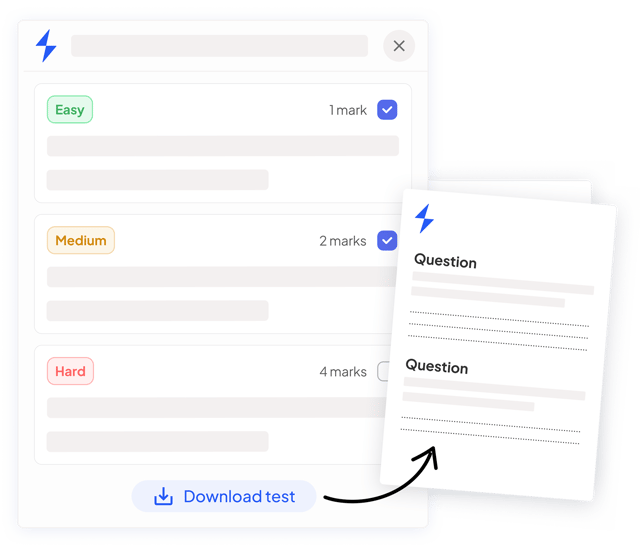Open Source & Closed Source Software (OCR A Level Computer Science): Revision Note
Exam code: H446
Open Source & Closed Source Software
What is open & closed source software?
Think of software like recipes
A set of instructions that tell a computer what to do
Open Source Software (OSS) is like a shared recipe
Anyone can look at it, change it, or share it with others
It's all about community and collaboration
Closed Source Software (CSS) is like a secret recipe that only particular chefs know
People can taste the dish at a restaurant but can't see the exact ingredients or change the recipe
This is how closed-source software works; the instructions are kept secret
Knowing a little bit about these two types of software can help in understanding what's happening behind the scenes and in making better choices about the software that is used
Definition, examples, and typical usage scenario
| Definition | Examples | Typical Usage Scenario |
|---|---|---|---|
Open Source Software | Users can view, modify, and distribute the source code | Linux, Apache HTTP Server | Ideal for collaborative projects, customization, transparency |
Closed Source Software | The source code is hidden and proprietary. | Microsoft Windows, Adobe Photoshop | Ideal for businesses requiring polished, supported products, intellectual property protection. |
Benefits and drawbacks to the creator
| Benefits | Drawbacks |
|---|---|---|
Open Source Software | Collaboration, community engagement, faster innovation | Less control, burdened with requests from users |
Closed Source Software | Greater control, revenue through sales, IP protection | Slower innovation, full responsibility for updates & flaws |
Benefits and drawbacks to the user
| Benefits | Drawbacks |
|---|---|---|
Open Source Software | Often free, customisable, transparent | Might be less user-friendly, compatibility issues, may contain bugs |
Closed Source Software | More polished products, professional support, consistency | Costly, less customisable, potential trust issues |
Worked Example
Imogen installs a compiler for a high-level programming language onto her computer and makes use of an open-source IDE.
State what is meant by the term ‘open source software'.
[2]
Answer:
Example answer that gets full marks:
Open Source Software is where the original source code is made freely available and may be redistributed and modified. This means that anyone can view, access, and modify the code.
Worked Example
Give one benefit to Imogen of using an open-source IDE rather than a closed source IDE.
[1]
Answer:
Example answer that gets full marks:
One benefit to using an open-source IDE is the ability to customise the IDE according to her specific needs. This level of customisation is typically not available in closed-source software, where the source code is proprietary and can't be altered by the end user.
Ready to test your students on this topic?
- Create exam-aligned tests in minutes
- Differentiate easily with tiered difficulty
- Trusted for all assessment types

Did this page help you?